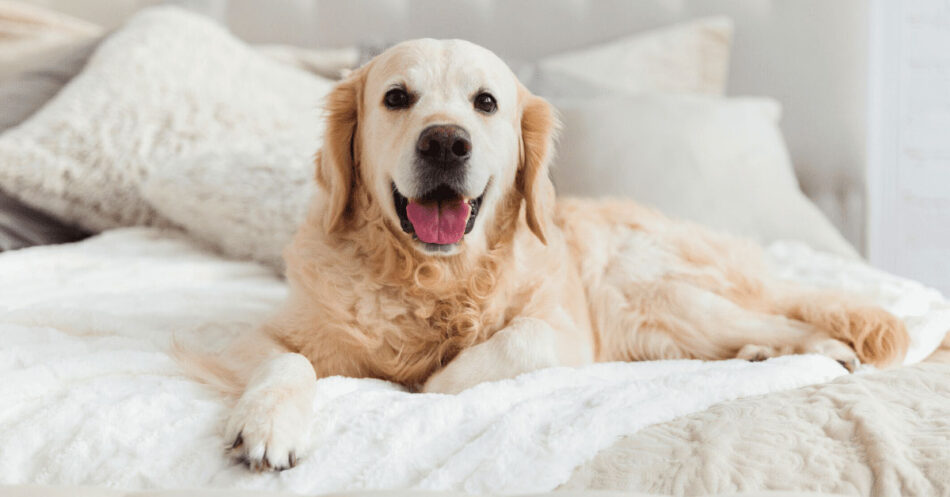
How to Stop Dogs from Shedding: 7 Practical Tips to Control Dog Hair in Your Home
This post may include affiliate links. Please read my disclosure policy.
If your dog puts the “fur” in furniture, read on for some great tips to reduce dog shedding and keep the hair under control. As much as we love our dogs, wearing a layer of their fur isn’t the way we choose to proclaim our dog parent status!
Why Does My Dog Shed So Much?
Dog shedding is both normal and healthy. When dogs shed, it helps keep their skin and coats healthy.
Your dog’s coat plays an important role in regulating his body temperature. The hair provides insulation that helps keep them warmer in the winter and cooler in the summer. Shedding also protects your dog’s skin from extremes in temperature, sun damage, and water.
Dog shedding is part of the natural cycle of their hair growth. When your dog’s coat stops growing, it is shed to make room for new hair growth. However, there are a number of factors that may cause excessive shedding.
1. Age
Most puppies lose their “baby coat” when they are somewhere between 4 and 6 months old. This makes room for their new adult coat.
2. Stress
Anxiety and stress can cause your dog’s coat to shed more than usual. Possible stressful events include:
- Illness (such as a fungal or parasitic infection)
- Surgery
- A trip to the vet or groomer
- Moving
- Travel
- The addition or loss of a family member (human or animal)
- Separation from family
- Noises
3. The Time of Year
Many dogs grow a thicker coat to prepare for cold weather and then shed it when it gets warmer. Dogs with double coats tend to lose their undercoat in the spring and fall.
4. Breed
Some dog breeds shed more than others. A few of the heaviest shedders include these breeds:
- Saint Bernard
- Great Pyrenees
- Chowchow
- Akita
- Siberian Husky
- Golden Retriever
- German Shepherd
- Labrador Retriever
- Alaskan Malamute
- Pug
- Pomeranian
- Dalmatian
Generally speaking, breeds with a double coat tend to shed the most.
Can I Prevent My Dog from Shedding?
No, you can’t stop your dog from shedding. If you’ve yet to get your own canine friend and you suffer from allergies, know that allergies often stem from the dander (and saliva) on the dog’s fur, not the fur or hair itself. While there are no truly hypoallergenic dogs, some breeds shed less and might be more suitable for allergy sufferers. So consider getting dogs like Poodles and Poodle mixes (Labradoodles and Goldendoodles).
Other breeds that tend to shed less include the Bichon Frise, Shih Tzu, Maltese, and Yorkshire Terrier. Hairless breeds like the Chinese Crested and the Xoloitzcuintli also don’t shed, for obvious reasons. Mixed-breed pups with dominant genes of the breeds listed above also tend to shed less but may require more grooming.
But if you already have your own pup, here are some tried and true ways to control dog shedding.
How to Reduce or Manage Your Dog’s Excessive Shedding
Although you can’t completely stop your dog’s shedding, you may be able to reduce it significantly.
1. Healthy Diet
A diet rich in omega-3 fatty acids and protein is essential to your dog’s skin and coat health. A healthy coat is less likely to shed unnecessarily. While many dog food choices include omega-3s in them, you’ll want to be sure it’s not highly processed. Many brands of kibble are heated to high temperatures that are harmful to these good fats and render them less useful.
Low-quality dog food or dog food containing ingredients your dog is allergic to can also cause hair loss. Food allergies can also result in hair loss and skin irritation and inflammation.
While raw feeding can be beneficial, not everyone has the time. Let’s face it, it’s hard enough to cook healthy meals for ourselves! I love air-dried or freeze-dried foods for that reason. Here’s one brand of air-dried dog food I recommend.
Pin Me!
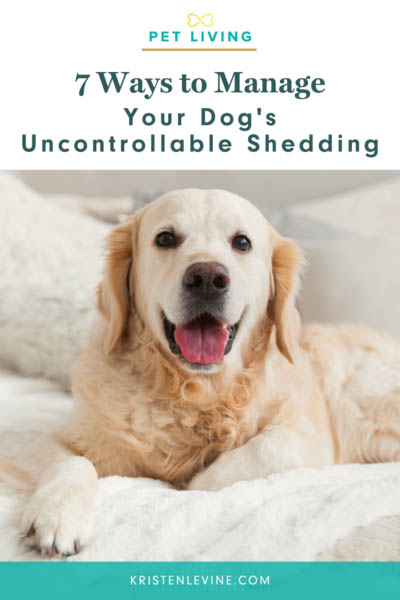
2. The Right Supplement
While feeding your dog a healthy diet is a good start, they still don’t always receive all the nutrients they need to maintain a healthy coat.
I give my own dog, Tulip, Vetericyn’s ALL-IN™ life-stage supplement. It comes in three formulas to give dogs in any life stage exactly what they need to keep them as healthy and energetic as possible.
When I started supplementing Tulip’s diet with ALL-IN, I noticed that she had more energy, and her coat became shinier too. The right nutrients will promote healthy hair growth and less shedding.
Use my code PETLIVING to get 20% off your purchase at Vetericyn.com.
Tulip loves her ALL-IN supplement, and it keeps her coat healthy!
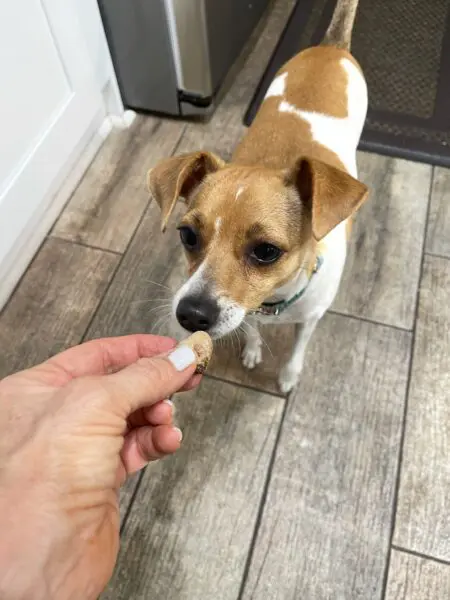
3. Regular Bathing
While bathing your dog too much might irritate the natural oils on their skin and coat, it is important to wash away dirt and irritants regularly. Bathing also helps control excessive shedding, and it removes any loose hair that might otherwise end up on your sofa.

You could take your dog to the groomer for his baths, but if you would rather do it yourself, a good shampoo and a shower attachment designed for bathing pets will make your job much easier.
I love Vetericyn’s FoamCare shampoo. It comes in a convenient spray bottle so it’s a cinch to apply. And it rinses off quickly and easily too.
 4. Use the Right Brush
4. Use the Right Brush
Between baths, regular brushing will also help remove loose hair before it ends up flying around your house. And as an added bonus, brushing can be a great way to spend some time bonding with your dog.
There are several types of brushes: bristle brush, slicker brush, and wire-pin brush. You can also use combs for short-haired dogs.
A pair of grooming gloves is also a great option, especially if you have a pup with shorter fur. Gloves will gently groom your dog while you’re petting him. He may not even realize that you’re brushing him.
If your dog has short hair, you may find that you only need to brush a couple of times every week. But for dogs with longer hair, daily brushing will go a long way towards reducing shedding as well as keeping their fur free from mats and tangles.

Pups with longer hair or double coats need dog brushes designed for their type of hair. A grooming rake
will detangle down to the undercoat and prevent matting. It will also catch and remove any loose hair.Pups with longer hair or double coats need a bristle or slicker brush designed for their type of hair. A grooming rake will detangle down to the undercoat and prevent matting. It will also catch and remove loose hair.

A shedding blade is another great brush for dogs with medium or long coats. It will remove loose hair from the outer coat, which helps reduce excessive shedding and promotes shinier fur.
5. Reduce Stress
Even dogs who are not prone to shedding may shed a lot when under stress, whether acute short-term stress or long-term stress. I’ve seen dogs who shed massive clumps of hair when around new people or animals.
Other dogs may shed more when they’re under stress from noise, separation, or at the vet or groomer. Of course, you can’t always avoid those situations, but giving your dog the right tools to support their mental well-being and reduce anxiety can help prevent excess shedding. Not to mention, helping your dog with anxiety is important to their overall health and happiness.
I like supplements from ElleVet Science. They have a nice calming effect with traditionally little to no side effects. You can use their chews or their hemp oil. We like both!
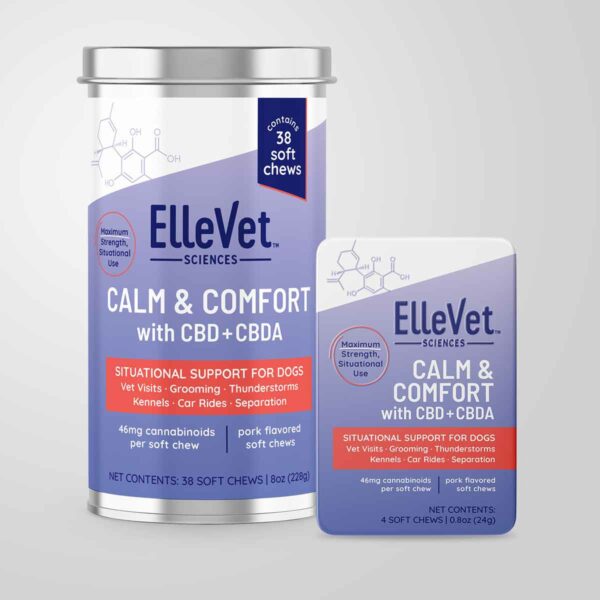
For more info on identifying your dog’s stressors and treating their anxiety, see my anxiety resource page.
6. Keep Your Dog Hydrated
Dry skin can lead to weak hair follicles that won’t retain healthy hair. Make sure your dog always has access to plenty of fresh water, especially if your dog eats kibble, as it’s very drying.
7. Visit Your Veterinarian
While most shedding is normal, shedding caused by parasites, infections, fungus, or severe anxiety needs to be evaluated by a veterinarian.
Plus, some dogs suffer from allergies that cause hair loss due to excessive itching. My dog, Chilly, had atopic dermatitis which caused him to scratch uncontrollably. Of course, he would scratch his hair off when he did, leaving it behind on the floor.
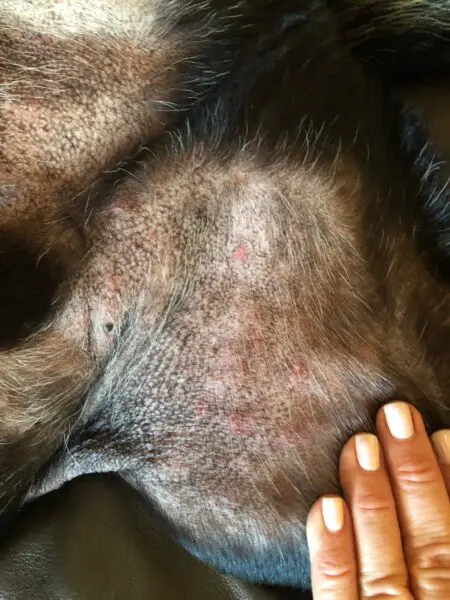
Best Ways to Clean up Dog Hair Around the Home
Even with the best nutrition and regular brushing and bathing, you’re bound to have some dog hair that ends up in your house. A smart cleaning routine will minimize the fur that stays on your floors and furniture (and ends up all over you). A quick clean-up every day is much less time-consuming than trying to remove a week’s worth of hair all at once. Note that dog fur that is newly shed is easier to remove before it works its way inside your upholstery!

When cleaning up after pets, not all tools were created equal. Even the broom you choose could make a huge difference. A rubber broom like this one attracts pet hair and can be used on carpets in addition to floors. It also has a squeegee that’s great for cleaning up liquids. It’s easy to keep the broom itself clean too since you can just rinse it off in the sink before you put it away.

A broom is great for a quick cleanup, but you’ll also need a good vacuum, especially if your home has carpets or upholstered furniture. The best vacuum for dog hair will pick up hair from floors and carpets and have convenient attachments designed to remove hair from furniture.
This vacuum by BISSELL® is cordless, so it’s lightweight and super convenient to grab and use. But it’s also designed with pets in mind. Its tangle-free roller brush eliminates the “hair wrap” problem. It also converts to a handheld for upholstery cleaning and has a crevice attachment for hard-to-reach spaces.

For pet homes with lots of hard floors, a combination vacuum and steam mop is the perfect way to remove hair and clean muddy paw prints off your floors at the same time. I love this one because you can use it with washable microfiber pads or disposable ones.

Many dogs shed in the car, often due to anxiety. If that’s the case with your pup, a specially fitted shirt or onesie like the Shed Defender can contain the loose hair on your dog while you travel and keep your car a little more fur-free. The form-fitting shirt also works to comfort your dog and calm his anxiety during the drive.
The Tail End
Your dog’s shedding may be unavoidable, but you can keep it under control with good nutrition, regular grooming, hydration, help from your vet, and a dog-friendly cleaning routine.
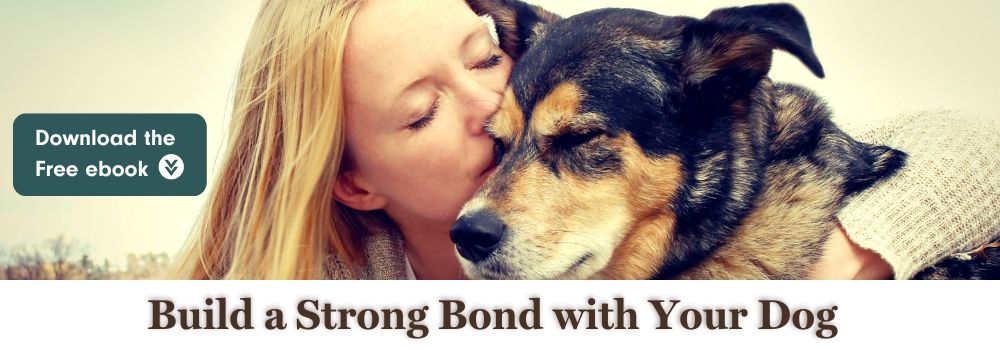




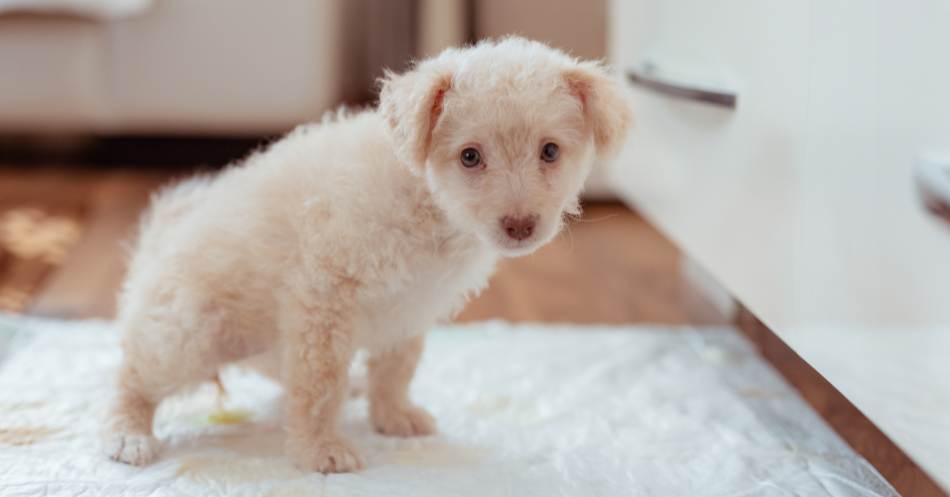
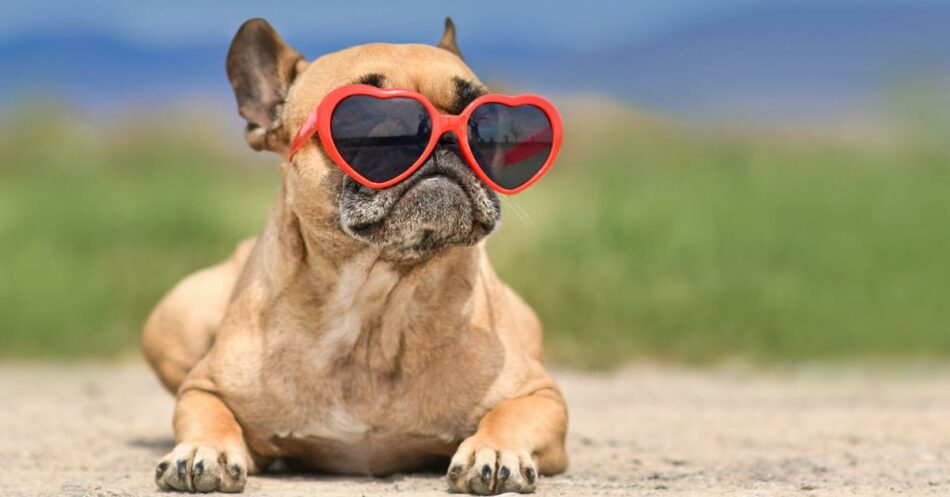

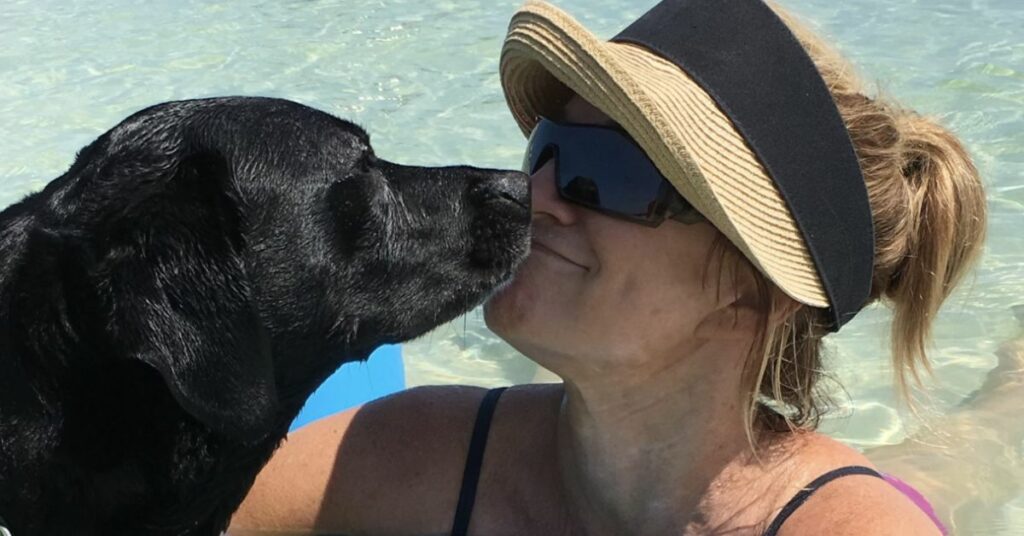
[…] almost dry to brush out any loose hair after his bath. If your dog has a thick coat or if he sheds a lot, it’s a good idea to brush both before and after his bath. This helps to remove all that […]
Nice article. One HUGE critical distinction should be made: there are 2 different types of “coats” on some breeds, like labs! 1. HAIR, which sheds less, much less, than 2. FUR! Fur bearing pets shed multiple times more than hair bearing pets. In fact, fur bearing dogs like yellow labs molt! Big difference.